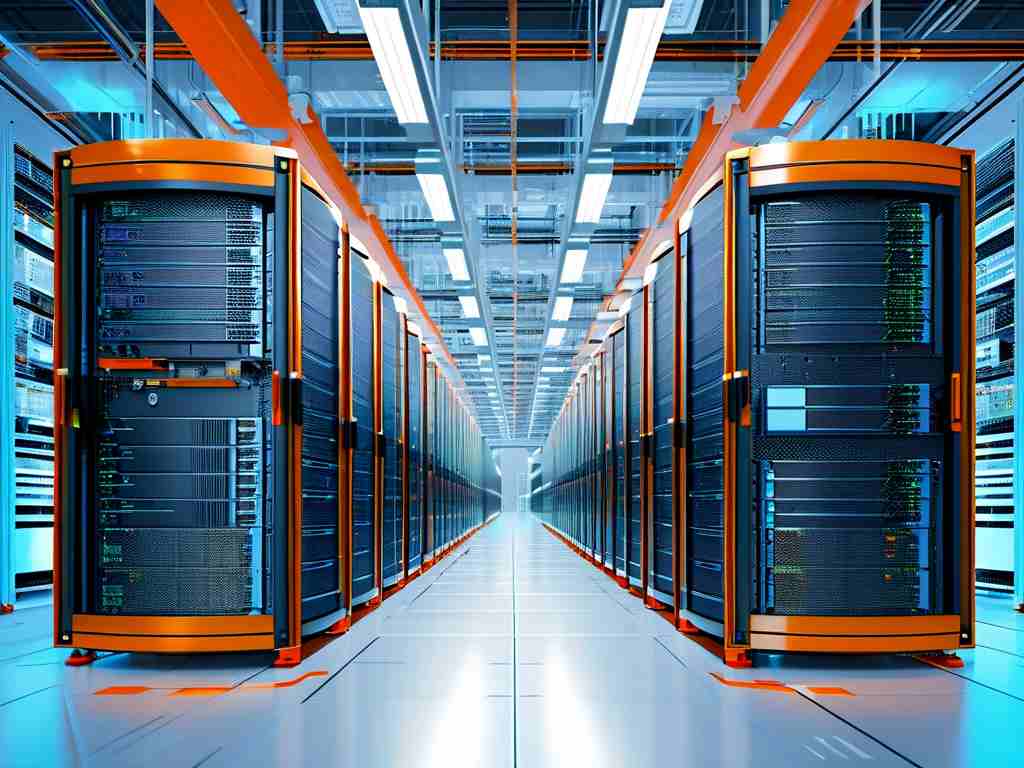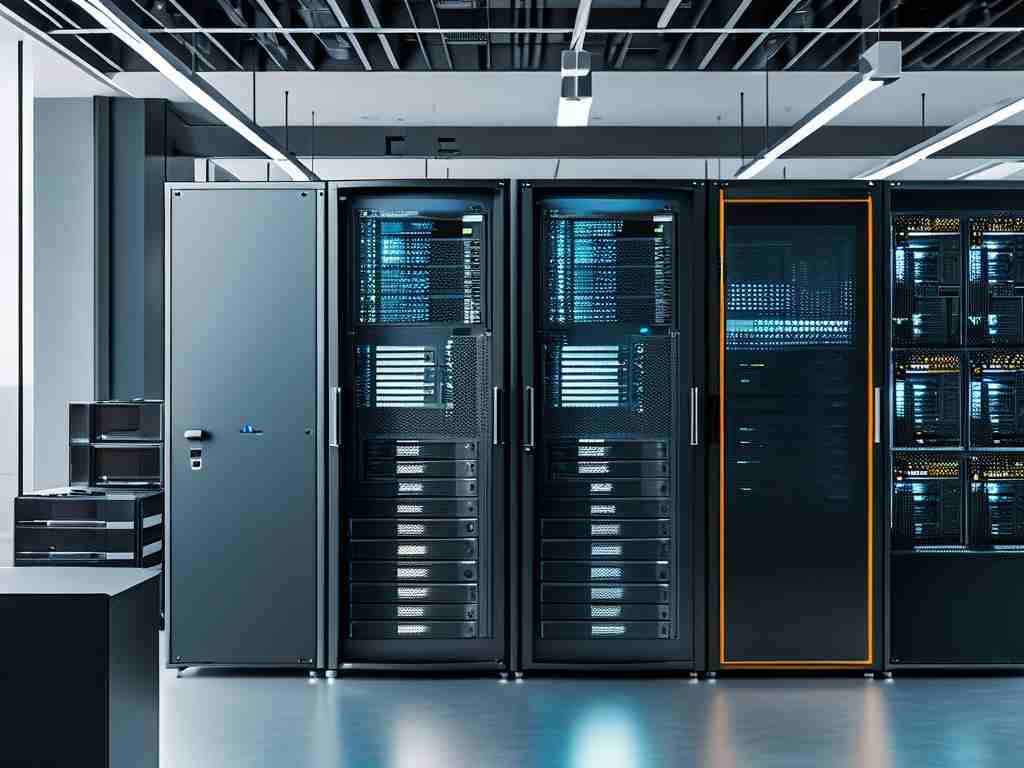The growing complexity of modern IT infrastructure has sparked intense discussions about automating on-premises deployment processes. While cloud-based solutions dominate automation conversations, enterprises with strict data governance requirements continue exploring ways to bring similar efficiency to their localized environments. This article examines the technical feasibility, implementation approaches, and measurable benefits of automating physical infrastructure deployment.

Technical Foundations for Automation
Automating on-premises environments requires robust orchestration frameworks capable of handling bare-metal provisioning. Tools like Ansible and Terraform have evolved beyond their cloud-centric origins, now supporting physical server configurations through plugins. A basic automation workflow might integrate:
# Sample Terraform configuration for hardware provisioning
resource "metal_device" "web_server" {
hostname = "node01"
plan = "c3.small.x86"
operating_system = "ubuntu_20_04"
billing_cycle = "hourly"
}
This code snippet demonstrates infrastructure-as-code (IaC) principles applied to physical hardware, enabling version-controlled environment setups.
Implementation Challenges
Three primary obstacles emerge when automating localized deployments:
- Hardware heterogeneity requiring customized driver configurations
- Network dependency management for air-gapped environments
- Security protocol integration with existing enterprise systems
Successful implementations typically employ hybrid architectures combining containerization platforms (like Kubernetes) with hardware abstraction layers. This approach allows automation scripts to interact with standardized APIs rather than individual device interfaces.
Performance Metrics and ROI
Early adopters report 40-60% reduction in deployment timeframes, with error rates dropping by approximately 75% compared to manual processes. More significantly, automated rollback mechanisms have reduced system downtime during failed deployments by 90% in controlled case studies.
Security Considerations
Automation introduces new attack surfaces that demand careful mitigation. Best practices include:
- Implementing hardware-rooted trust modules
- Establishing separate automation networks
- Utilizing encrypted provisioning channels
- Maintaining human oversight for cryptographic key management
Future Development Trends
Emerging technologies like edge computing and 5G private networks are driving innovation in localized automation. The integration of machine learning for predictive hardware maintenance and AI-driven anomaly detection represents the next frontier in this field.
Practical Implementation Steps
- Conduct comprehensive infrastructure auditing
- Establish cross-functional implementation teams
- Develop phased migration roadmaps
- Create parallel testing environments
- Implement continuous monitoring systems
While not without challenges, automating on-premises deployment has matured from theoretical possibility to practical reality. Organizations that successfully implement these solutions gain significant competitive advantages in operational efficiency and infrastructure resilience. The key lies in selecting appropriate toolsets, maintaining security vigilance, and fostering staff expertise through targeted training programs. As hybrid cloud environments become standard, the ability to seamlessly integrate automated on-premises components will increasingly determine enterprise technological agility.









